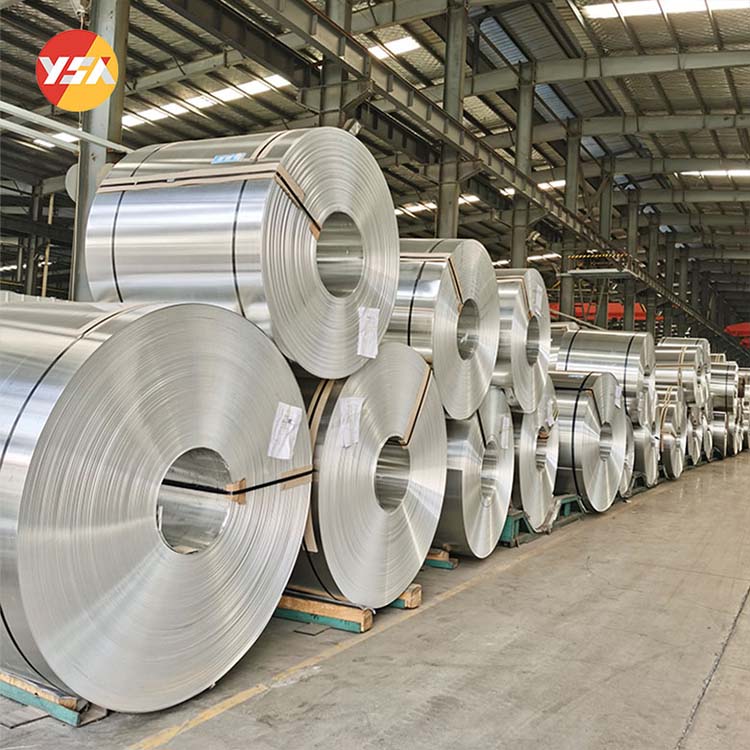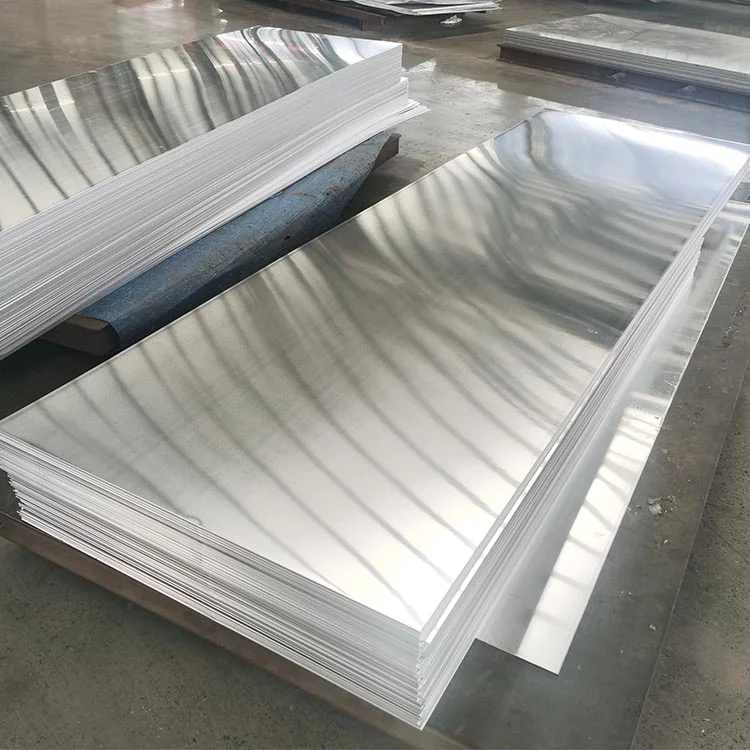[ad_1]
Aluminum is a versatile and widely used material in various industries due to its lightweight, durable, and corrosion-resistant properties. When choosing the right aluminum alloy for your project, it is important to consider various factors such as strength, formability, weldability, and cost. In this article, we will compare two popular aluminum alloys, 3003 and 5052, to help you make an informed decision.
3003 Aluminum Alloy:
3003 aluminum alloy is a commercially pure aluminum with manganese added to increase its strength and formability. It is commonly used in cookware, food processing equipment, and storage tanks due to its excellent resistance to corrosion and high formability. 3003 aluminum is also known for its smooth surface finish, making it ideal for decorative applications.
One of the key advantages of 3003 aluminum is its weldability. It can be easily welded using conventional methods, making it a popular choice for applications that require joining different parts together. Additionally, 3003 aluminum is easily formed into various shapes and sizes through processes such as bending, stamping, and deep drawing, making it a versatile material for manufacturing.
However, 3003 aluminum does have some limitations in terms of strength compared to other alloys such as 5052. It has a lower tensile strength and yield strength, which may limit its use in applications that require high mechanical properties. Additionally, 3003 aluminum is not as hard as other alloys, making it more susceptible to wear and tear in high-stress applications.
5052 Aluminum Alloy:
5052 aluminum alloy is a non-heat treatable aluminum alloy with magnesium as the primary alloying element. It is known for its excellent corrosion resistance, especially in marine environments, making it a popular choice for boat building, fuel tanks, and other marine applications. 5052 aluminum is also commonly used in automotive components, appliances, and architectural applications due to its high strength and excellent formability.
One of the key advantages of 5052 aluminum is its high tensile strength and yield strength, making it a suitable choice for applications that require a strong, durable material. 5052 aluminum is also highly resistant to fatigue and cracking, making it ideal for applications that involve repetitive stress or bending. Additionally, 5052 aluminum has a higher hardness than 3003, making it more resistant to wear and abrasion.
However, 5052 aluminum is not as easily welded as 3003 aluminum due to its higher magnesium content, which can cause cracking during the welding process. Special precautions and techniques are required when welding 5052 aluminum to prevent these issues. Additionally, 5052 aluminum is not as formable as 3003 aluminum, which may limit its use in applications that require complex shapes or deep drawing.
Choosing the Right Aluminum Alloy:
When choosing between 3003 and 5052 aluminum alloys, it is important to consider the specific requirements of your project and the properties of each alloy. If corrosion resistance and formability are critical factors, 3003 aluminum may be the best choice due to its excellent resistance to corrosion and high formability. On the other hand, if high strength and durability are more important, 5052 aluminum may be the better option due to its high tensile strength and yield strength.
Additionally, consider the welding and forming requirements of your project when selecting an aluminum alloy. If welding is a key aspect of your application, 3003 aluminum may be the preferred choice due to its easy weldability. For applications that require high strength and hardness, 5052 aluminum may be more suitable despite its limitations in welding and formability.
In conclusion, both 3003 and 5052 aluminum alloys have their own advantages and limitations, and the choice between the two depends on the specific requirements of your project. Consider factors such as corrosion resistance, strength, formability, weldability, and cost when selecting the right aluminum alloy for your application. By understanding the differences between 3003 and 5052 aluminum, you can make an informed decision that meets the needs of your project and ensures a successful outcome.
[ad_2]


